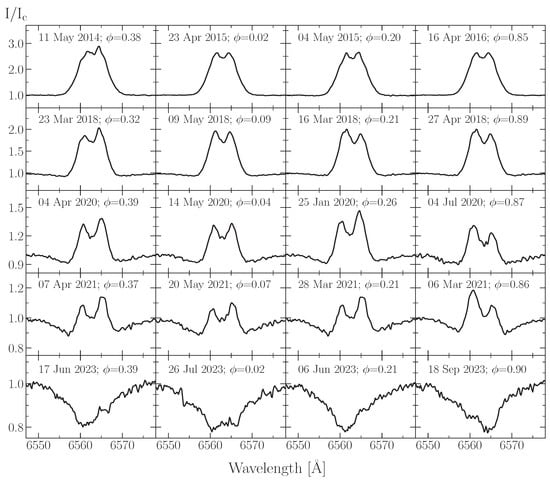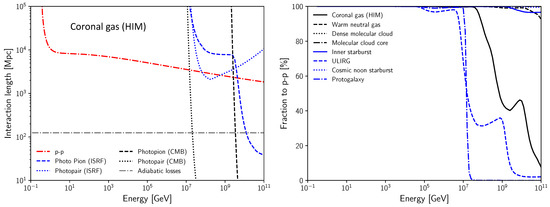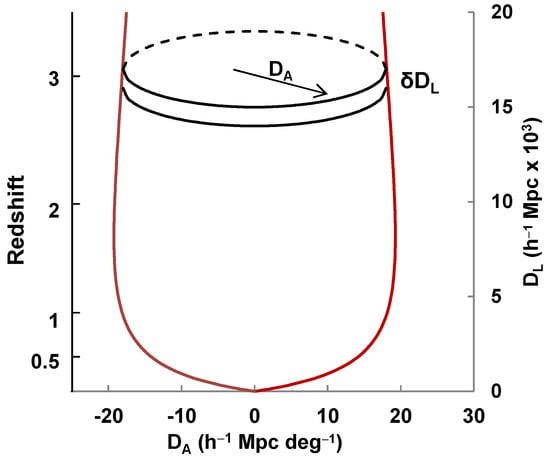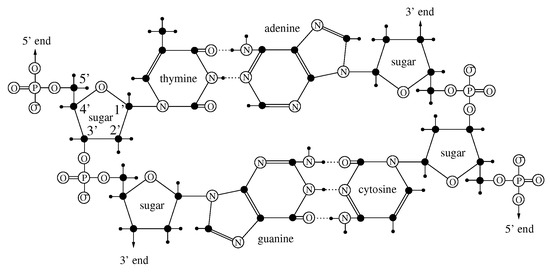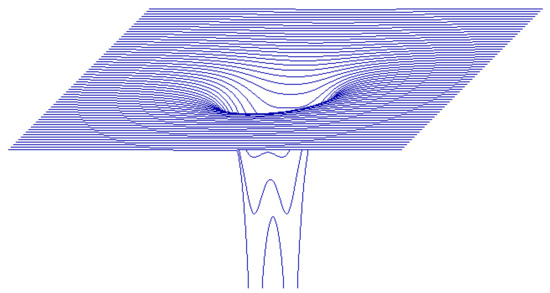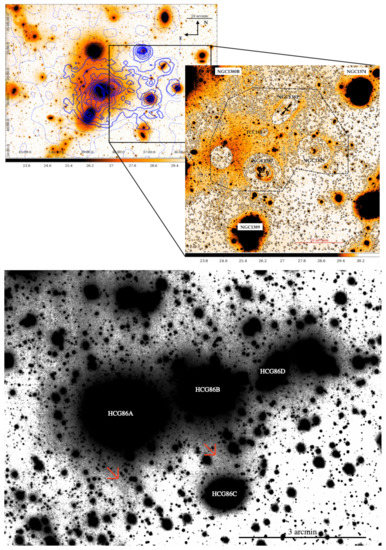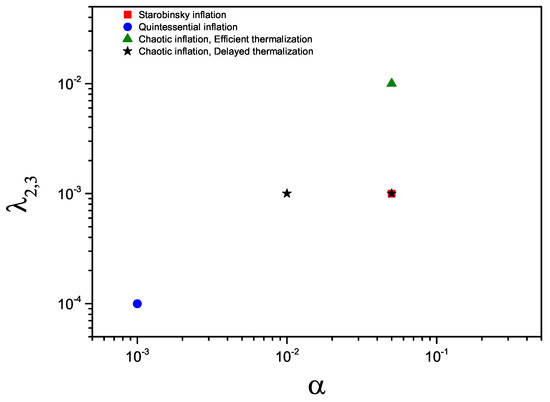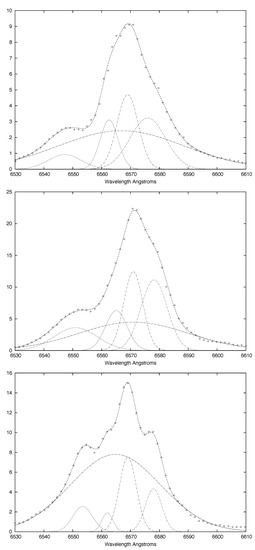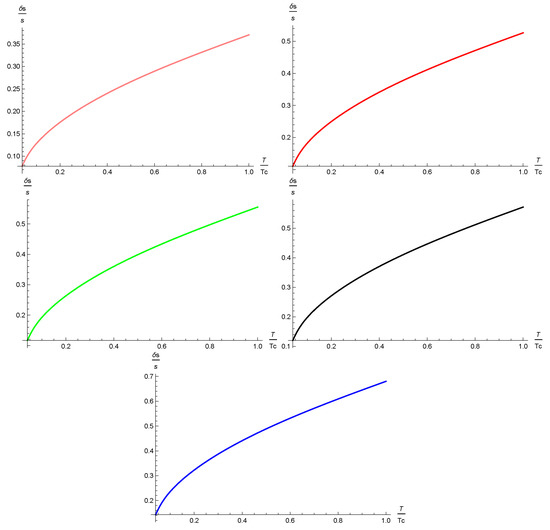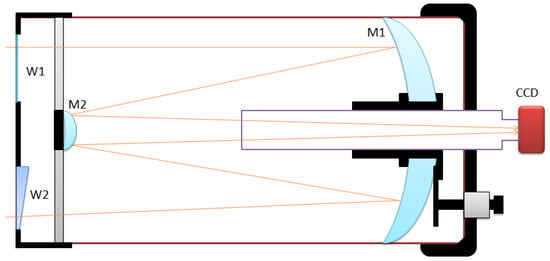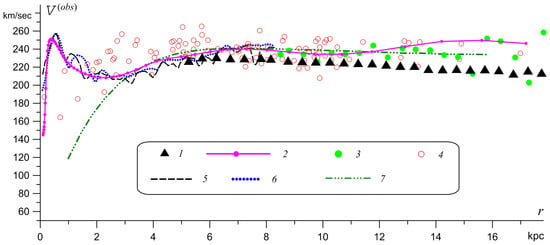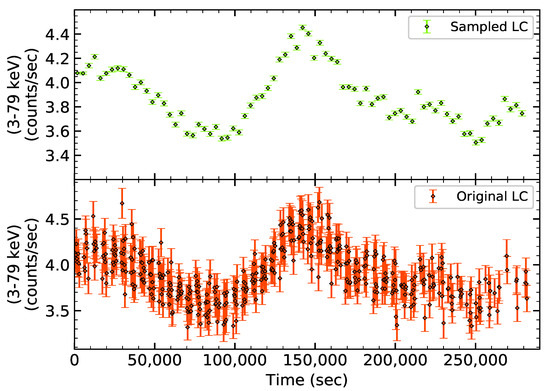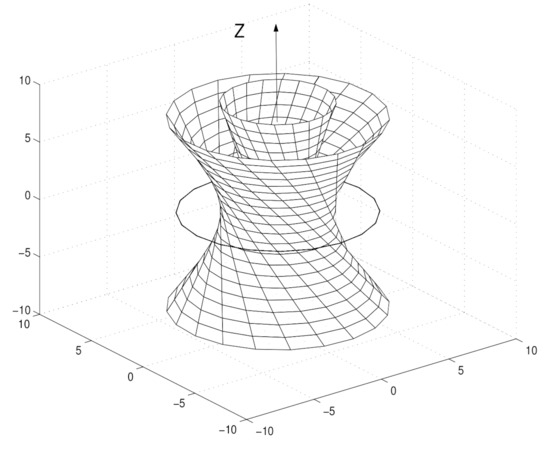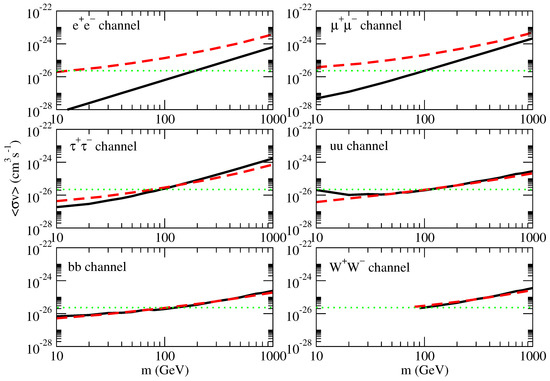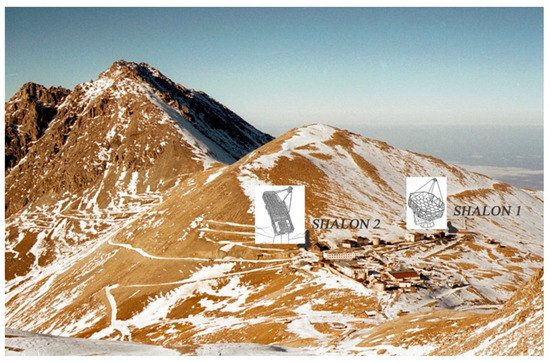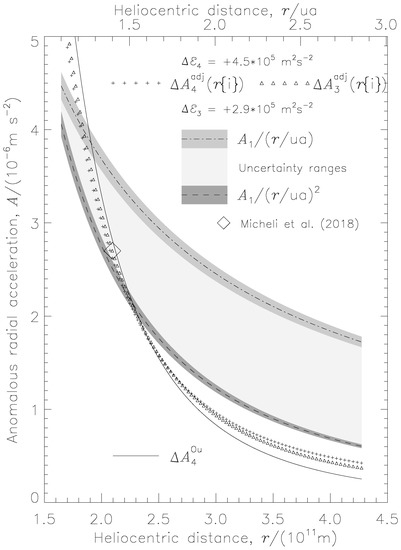A Trip across the Universe: Our Present Knowledge and Future Perspectives
A topical collection in Galaxies (ISSN 2075-4434).
Viewed by 92636Editor
Interests: zeta functions; regularization of infinite sums; spexial functions of mathemtatical physics; vacuum fluctuations; theoretical cosmology
Special Issues, Collections and Topics in MDPI journals
Topical Collection Information
Dear Colleagues,
The rapid development of the different areas of knowledge that is taking place worldwide is especially remarkable and of paramount importance in the domains of Astronomy and Cosmology. This happens for different reasons—some of which are common to other developments in many branches of knowledge at different levels—with a specific thrust coming in this case from the very important fact that future high-energy experimentation on Earth is bound to become prohibitive in the near future, due to the enormous costs involved. Thus, a good number of high-energy projects are now headed towards the cosmos.
After such breathtaking developments, it is now the perfect time to stop for a moment and recapitulate. In other words, it would be beneficial to spend some time in writing down an elaborated summary of what we have learned until now, that is, what we know at present (or seriously think to know) about our Universe at its many different levels: its origins, evolution, its large-scale structure, the main important details at galactic scale and at the inside level of our own galaxy, and its current evolution towards a still-uncertain future.
The purpose of this Collection should not be mistaken. The Collection will focus on proven evidence, rather than speculations; in the contrasted results published in top-level international journals, which will be summarized here by their authors in a concise and comprehensive way. Cut-and-paste disconnected pieces will not have a place in this Collection, but only brand new—from beginning to end—elaborated accounts of important research facts that are written in a highly understandable way. The aim is to bring this knowledge from the highly specialized journals (often using a rather intricate language and obscure acronyms) to non-specialists (i.e., to a much larger readership) which are avid to gain this knowledge directly from highly reliable sources but in a professional way (thus skipping the too many divulgation source, which abound, containing erroneous concepts and approximations, and wild, unproven speculations).
For the reasons already given, this Collection will find its place within the existing literature. The idea is to situate it half-way between the Special Editions which are now so intensively promoted by different Editorial Houses, and the good non-fiction novels written by first-rated cosmologists and astronomers, who provide their particular visions of the Cosmos. It will be a collective effort, with different contrasting inputs by renowned specialists in the different subjects (this is characteristic of the Special Editions), which will make their knowledge available to non-specialists (which is typical and the main value of the other mentioned category).
This Collection will be a summary of high-quality papers from excellent scholars around the world invited by the Editorial Office and the Editor-in-Chief. Both original research articles and comprehensive review papers are welcome.
The list of subtopics corresponds to the one given in Galaxies; namely:
- Astronomy;
- Astrophysics;
- Cosmology;
- Observational astronomy—radio, infrared, optical, X-ray, neutrino, etc.;
- Planetary science;
- Astronomy equipment and technologies;
- Aerospace engineering;
- Astronomical data analyses;
- Astrochemistry and astrobiology;
- Archaeoastronomy;
- History of astronomy and cosmology;
- Philosophical issues in cosmology.
Prof. Dr. Emilio Elizalde
Collection Editor
| Best Paper Award 2020 (800 CHF) |  |
| Winner announcement date: 31 January 2022 | |
| download description |
2020 Galaxies Best Paper Award for the Topical Collection "A Trip across the Universe: Our Present Knowledge and Future Perspectives" aims to celebrate the 70th birthday of Prof. Dr. Emilio Elizalde (800 CHF)
Winner Announcement Deadline: 31 January 2022
Galaxies Editorial Office is inviting submissions to the Topical Collection "A Trip across the Universe: Our Present Knowledge and Future Perspectives". You can see more details about the Topical Collection here (https://www.mdpi.com/journal/galaxies/special_issues/UniversePerspectives). One winner will be selected for this award based on the citations by 31 December 2021.
Judging Criteria
- Scientific merit and broad impact;
- Relevance to the Topical Collection’s field;
- Originality of research objectives and/or ideas presented;
- Creativity of the study design or uniqueness of approaches and concepts;
- Clarity of presentation.
Please submit your paper here (https://susy.mdpi.com/user/manuscripts/upload?journal=galaxies), the sooner the better.
Keywords
- models of the Universe
- origin and evolution
- universal constants
- theories of gravity
- astronomical surveys
- history of astronomy and cosmology
- philosophical issues










